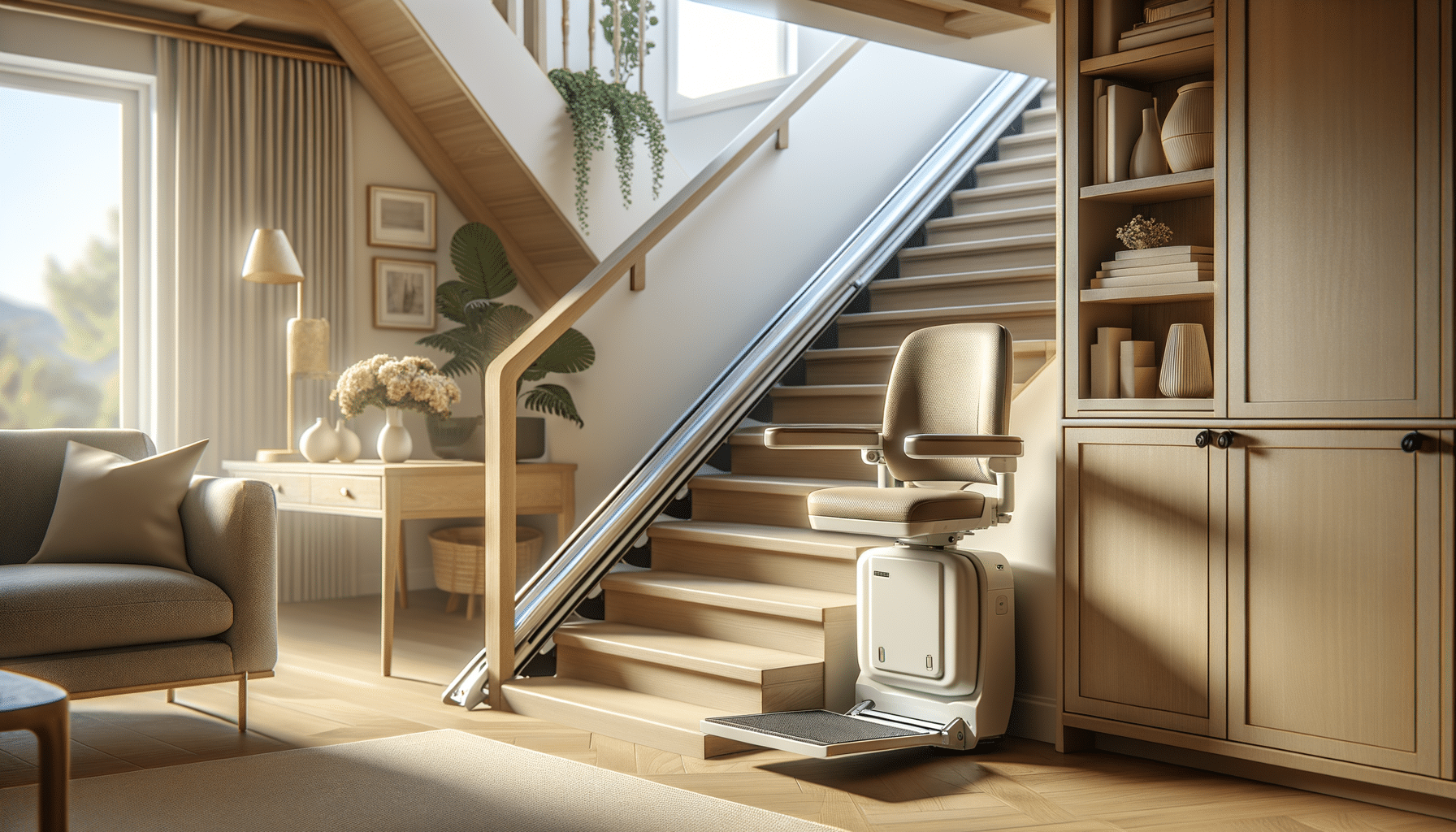
What to Consider Before Investing in Stairlifts
Understanding Stairlifts: A Comprehensive Overview
Stairlifts have emerged as a transformative solution for individuals facing mobility challenges. These devices offer a practical way for people to maintain independence and safety in multi-level homes. Stairlifts are mechanized chairs that glide along a rail attached to the staircase, enabling users to traverse stairs with ease. They are particularly beneficial for seniors or individuals with disabilities who find stairs daunting or unsafe.
The variety of stairlifts available in the market caters to different needs and staircase configurations. From straight to curved staircases, manufacturers provide tailored solutions to fit specific architectural designs. Customization is a significant aspect of stairlifts, ensuring that each installation meets the unique requirements of the user and their home.
Key features of stairlifts include safety belts, swivel seats, and remote controls, all designed to enhance user safety and convenience. Additionally, modern stairlifts are equipped with battery backup systems to ensure functionality during power outages, adding an extra layer of reliability.
Investing in a stairlift not only improves accessibility but also enhances quality of life by allowing individuals to remain in their homes longer. The decision to install a stairlift should involve careful consideration of the user’s needs, the architecture of the home, and the available budget. It’s essential to consult with professionals to ensure the right choice is made, taking into account factors such as weight capacity, seat design, and ease of use.
Exploring Mobile Stairlifts: Versatility in Motion
Mobile stairlifts offer a versatile alternative to traditional stairlifts, particularly in environments where fixed installations are not feasible. These portable devices are designed to assist with stair navigation in multiple locations, making them ideal for travel or temporary use. Mobile stairlifts are especially beneficial in rental properties or buildings where permanent modifications are not allowed.
The primary advantage of mobile stairlifts is their portability. They can be easily transported and set up in different settings, providing flexibility and convenience. This makes them a popular choice for individuals who require mobility assistance in various locations, such as when visiting family or traveling. Mobile stairlifts are also useful in public spaces or commercial buildings, where they can be deployed as needed to aid individuals with mobility challenges.
Despite their portability, mobile stairlifts are designed with safety and ease of use in mind. They typically feature robust safety mechanisms, including secure seat belts and anti-tip systems, ensuring user safety during operation. Moreover, these devices are engineered to handle different types of staircases, whether straight, curved, or spiral, offering a comprehensive solution for diverse environments.
When considering a mobile stairlift, it’s important to evaluate factors such as weight capacity, battery life, and ease of transport. Consulting with mobility experts can provide valuable insights into the most suitable options, ensuring that the chosen device meets the user’s specific needs and lifestyle.
Choosing Stairlifts for Seniors: Enhancing Safety and Independence
For seniors, maintaining independence and safety at home is of utmost importance. Stairlifts for seniors are designed to address the unique challenges faced by older adults, providing a secure and comfortable means of navigating stairs. These devices play a crucial role in fall prevention, a significant concern for seniors living in multi-level homes.
When selecting a stairlift for a senior, several factors should be considered to ensure the device meets their specific needs. Comfort is a primary consideration, with features such as padded seats, armrests, and footrests contributing to a pleasant experience. Additionally, easy-to-use controls and a smooth ride are essential for seniors, who may have limited dexterity or strength.
Safety is another critical aspect, with modern stairlifts equipped with various safety features to protect users. These include seat belts, obstruction sensors, and automatic stop functions, all designed to prevent accidents and ensure a safe journey up and down the stairs. Furthermore, many stairlifts offer swivel seats, which make it easier for seniors to get on and off the lift safely.
Investing in a stairlift can significantly enhance a senior’s quality of life, enabling them to remain in their home and maintain independence. Careful evaluation of the senior’s mobility needs, along with consultation with healthcare professionals, can help in selecting the most appropriate stairlift model. This ensures that the chosen device not only meets safety standards but also provides the comfort and ease of use necessary for daily living.
Comparing Traditional and Mobile Stairlifts: Making the Right Choice
When it comes to selecting the ideal stairlift, understanding the differences between traditional and mobile models is crucial. Each type offers distinct advantages, and the choice largely depends on the user’s specific needs and living situation.
Traditional stairlifts are permanently installed on staircases, offering a stable and reliable solution for home use. They are ideal for individuals who require consistent assistance with stair navigation within their own homes. These stairlifts are customizable to fit various staircase designs, providing a seamless integration into the home environment.
On the other hand, mobile stairlifts provide flexibility and portability, making them suitable for temporary use or multiple locations. They are particularly advantageous for individuals who travel frequently or live in rental properties where permanent installations are not possible. Mobile stairlifts can also be beneficial in public or commercial settings, offering a movable solution for accessibility needs.
Key considerations when choosing between traditional and mobile stairlifts include the user’s lifestyle, budget, and the physical layout of the home. Traditional stairlifts often require a larger initial investment and installation, whereas mobile stairlifts offer a more affordable and temporary solution. However, the long-term benefits of a traditional stairlift, such as enhanced stability and customization options, may outweigh the initial cost for some users.
Ultimately, the decision should be based on a thorough assessment of the user’s mobility requirements and living circumstances. Consulting with stairlift professionals can provide valuable guidance, ensuring that the chosen solution aligns with the user’s needs and enhances their quality of life.
Conclusion: Enhancing Mobility and Independence with Stairlifts
Stairlifts play a pivotal role in enhancing mobility and independence for individuals facing challenges with stair navigation. Whether opting for a traditional or mobile model, the key is to choose a solution that aligns with the user’s needs and living situation. By investing in a stairlift, individuals can enjoy greater freedom, safety, and comfort in their homes, ultimately improving their quality of life.
For seniors, in particular, stairlifts offer a practical way to maintain independence and reduce the risk of falls. The decision to install a stairlift should involve careful consideration of the user’s mobility requirements, lifestyle, and home environment. With the right choice, stairlifts can provide a reliable and effective solution for overcoming mobility barriers, allowing users to navigate their homes with confidence and ease.
In conclusion, stairlifts represent a significant investment in personal well-being and safety. By understanding the options available and consulting with experts, individuals can make informed decisions that best support their mobility needs, ensuring a more accessible and enjoyable living space.


